Optimal Timing for Bush Hoggings
Bush Hoggings are essential for maintaining pasture health, controlling invasive plants, and preparing land for planting or grazing. Timing plays a crucial role in maximizing the effectiveness of bush hogging operations. Proper scheduling ensures that vegetation is managed efficiently, reducing weed growth and promoting healthy regrowth of desirable plants.
Late spring and early fall are generally considered ideal for bush hogging, as vegetation is actively growing and can recover quickly.
Hogging during peak growth periods prevents overgrowth and helps control invasive species effectively.
Dry weather conditions are preferable to avoid soil compaction and ensure safe, efficient operation.
Timing bush hogging to avoid overly wet or frozen ground minimizes soil disturbance and erosion.

A tractor equipped with a bush hog clearing dense brush and tall grasses.
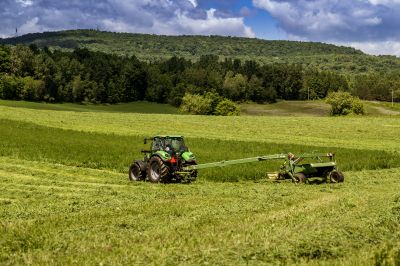
Early season bush hogging to manage new growth and invasive plants.
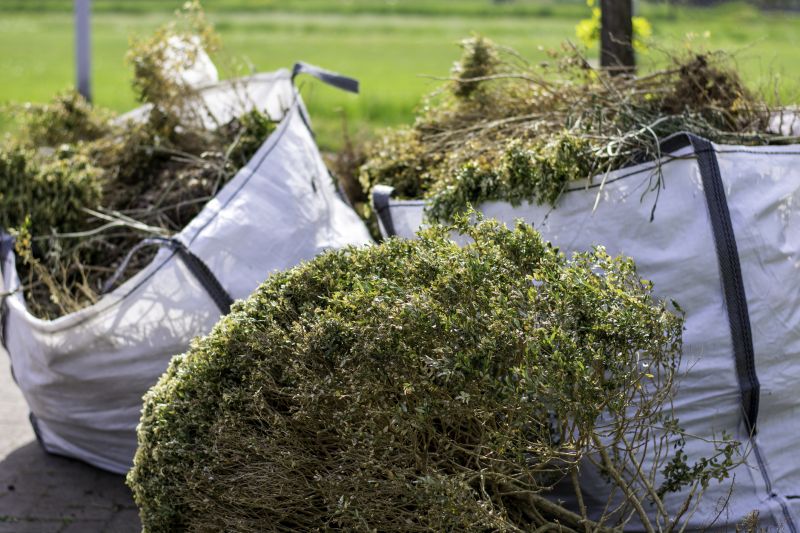
Late season clearing to prepare land for winter or next planting cycle.
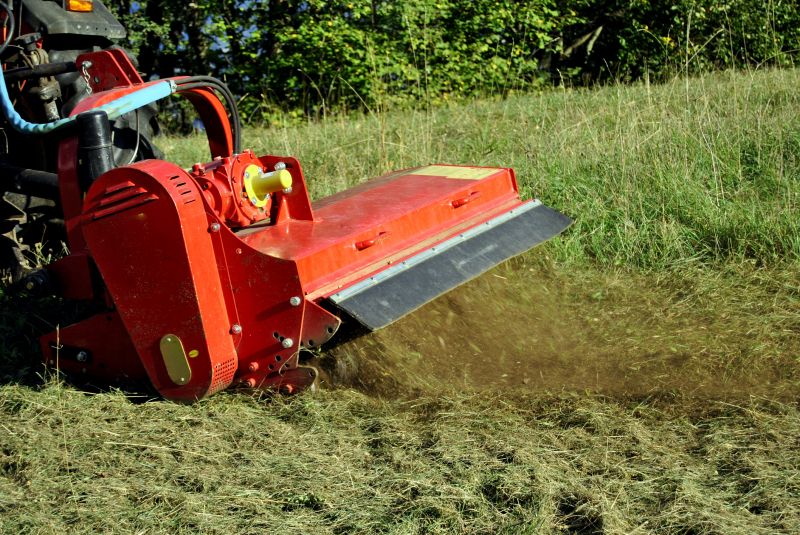
Ways to make Bush Hoggings work in tight or awkward layouts.
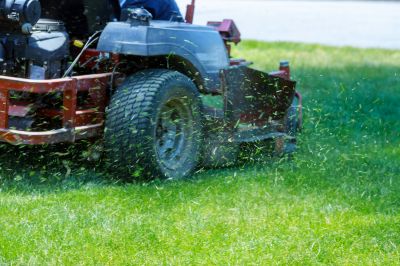
Popular materials for Bush Hoggings and why they hold up over time.
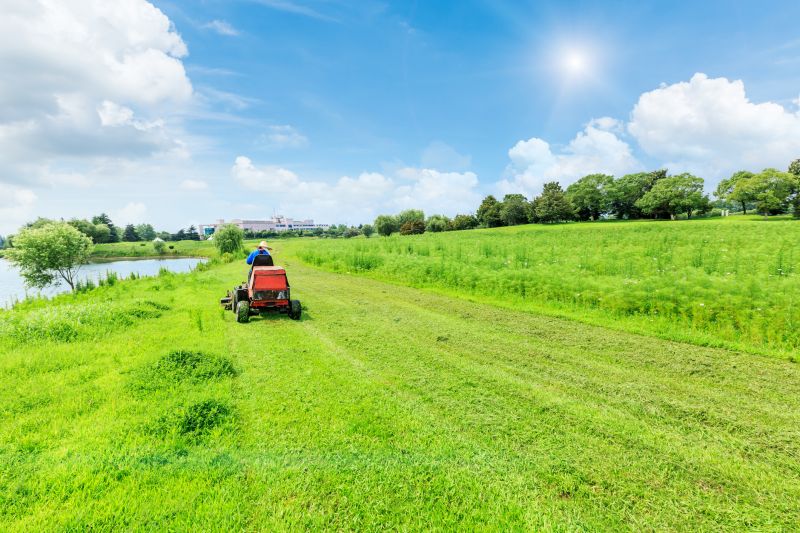
Simple add-ons that improve Bush Hoggings without blowing the budget.
| Timing Factor | Recommended Practice |
|---|---|
| Vegetation Growth | Hog during active growth periods for best results. |
| Weather Conditions | Choose dry days to prevent soil damage. |
| Soil Moisture | Avoid hogging when soil is overly wet or frozen. |
| Invasive Species Control | Schedule during peak invasive growth to maximize removal. |
| Land Use Goals | Adjust timing based on whether land is for grazing, planting, or clearing. |

Vegetation actively growing in spring provides effective control.

Mid-season clearing helps manage overgrowth and invasive species.
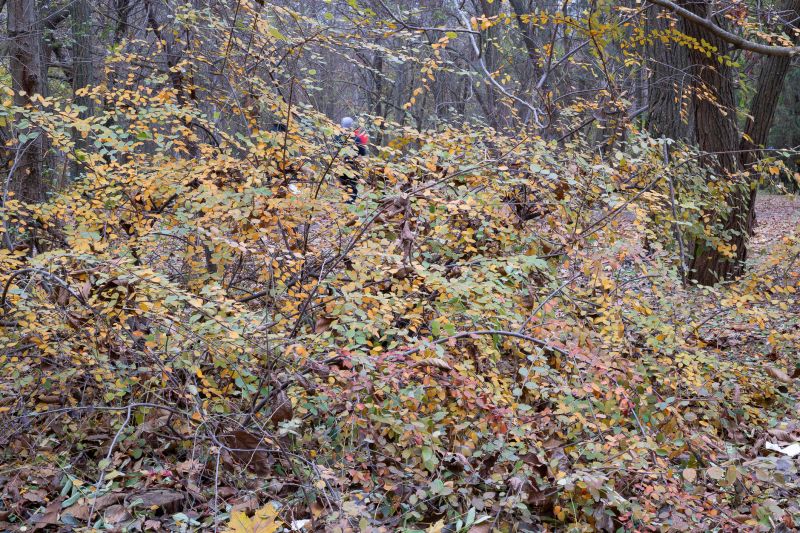
Preparing land for winter or subsequent planting cycles.

Timing after storms to clear fallen debris and overgrown vegetation.
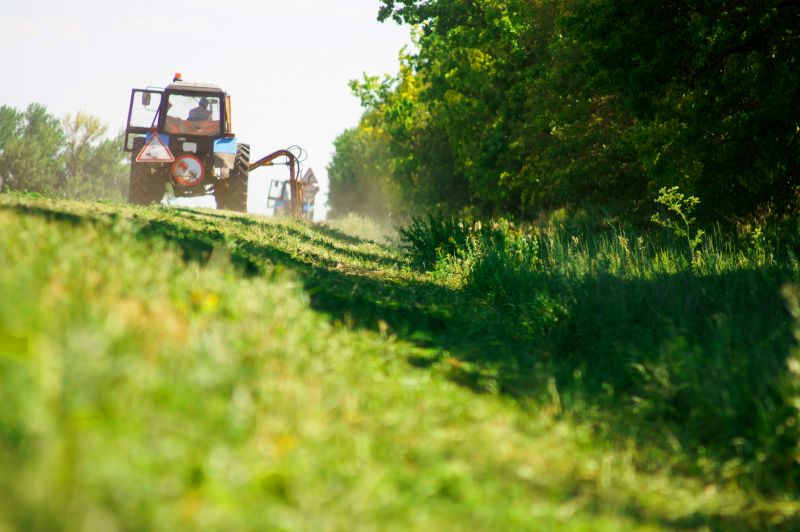
Finishes and colors that play nicely with Bush Hoggings.

Little measurements that prevent headaches on Bush Hoggings day.

A 60-second routine that keeps Bush Hoggings looking new.

A frequent mistake in Bush Hoggings and how to dodge it.
Bush hogging is a versatile land management practice that requires careful consideration of timing to optimize results. Proper scheduling not only enhances vegetation control but also preserves soil integrity and promotes healthy land use. Regular assessments of vegetation growth and weather conditions are essential for planning effective bush hogging operations.
Engaging in bush hogging at appropriate times can significantly improve land quality, support grazing activities, and prevent invasive species from overtaking native plants. Understanding the growth cycles and environmental factors helps land managers make informed decisions, ensuring land remains productive and sustainable.
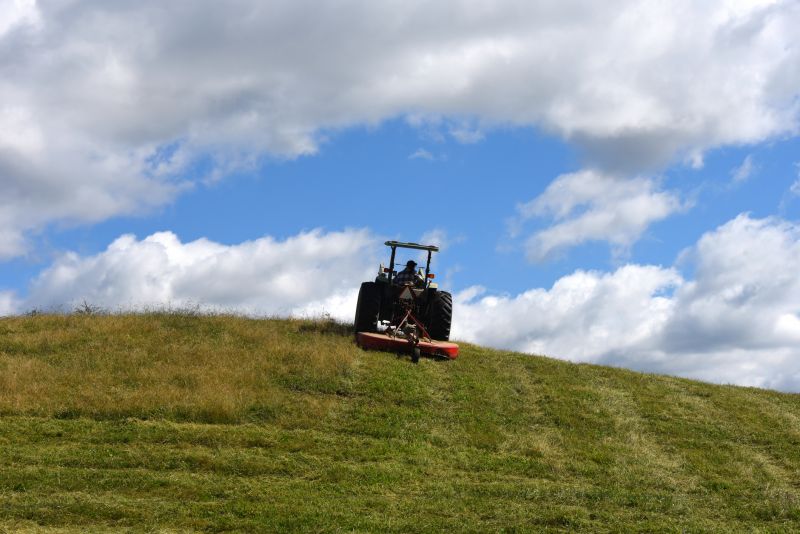
A tractor equipped with a bush hog performing land clearing.
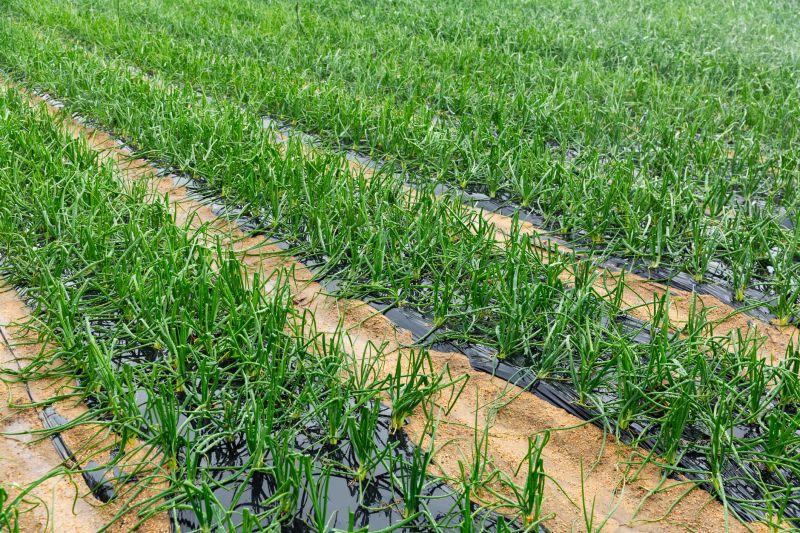
Healthy regrowth after timely bush hogging in spring.
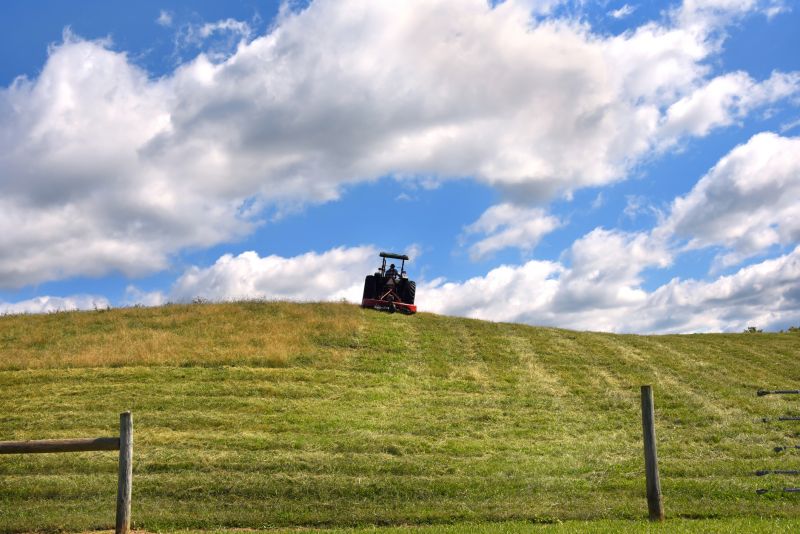
Autumn bush hogging for winter readiness.

Small tweaks to make Bush Hoggings safer and easier to use.

Lower-waste or water-saving choices for Bush Hoggings.

The short, realistic tool list for quality Bush Hoggings.
For landowners and managers interested in optimizing bush hogging practices, it is advisable to consider seasonal growth patterns and weather conditions. Proper timing supports land health, reduces invasive species, and maintains pasture productivity. Filling out the contact form can provide tailored guidance on scheduling bush hogging activities effectively.
